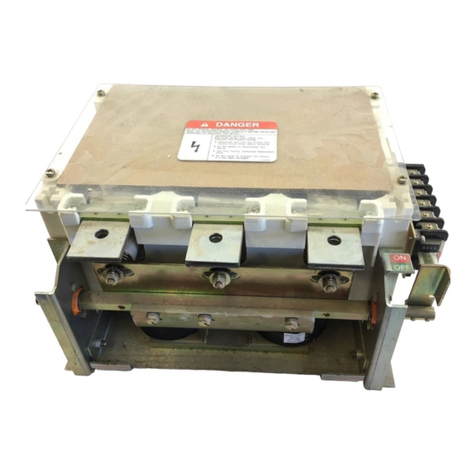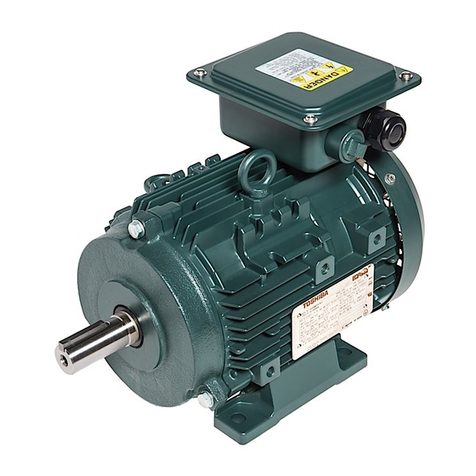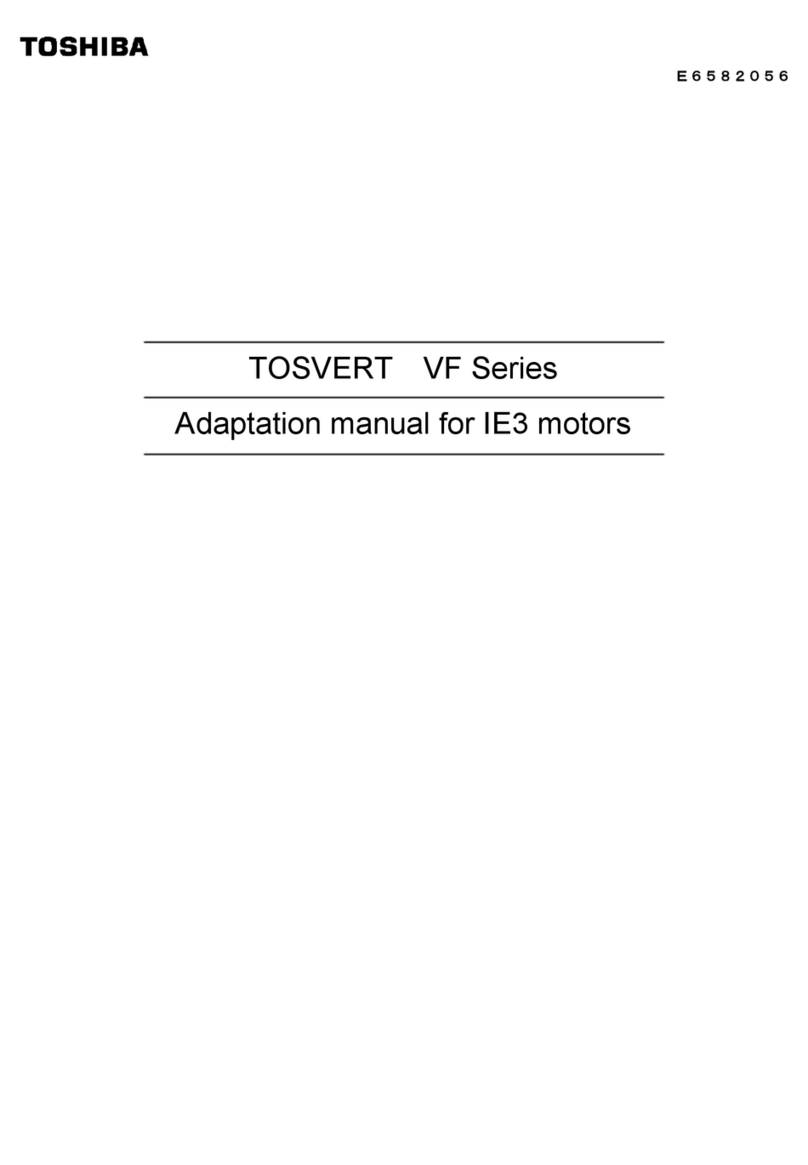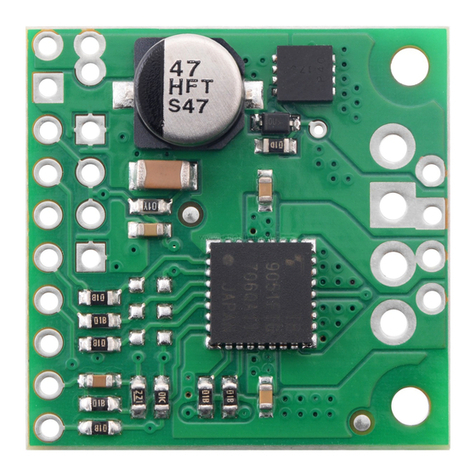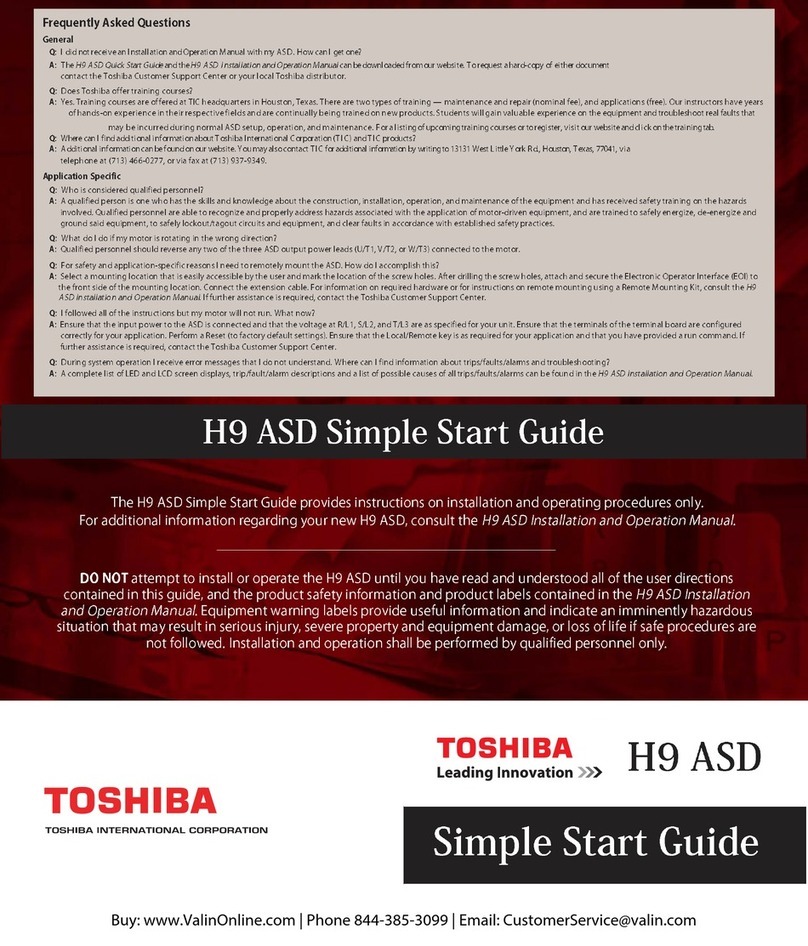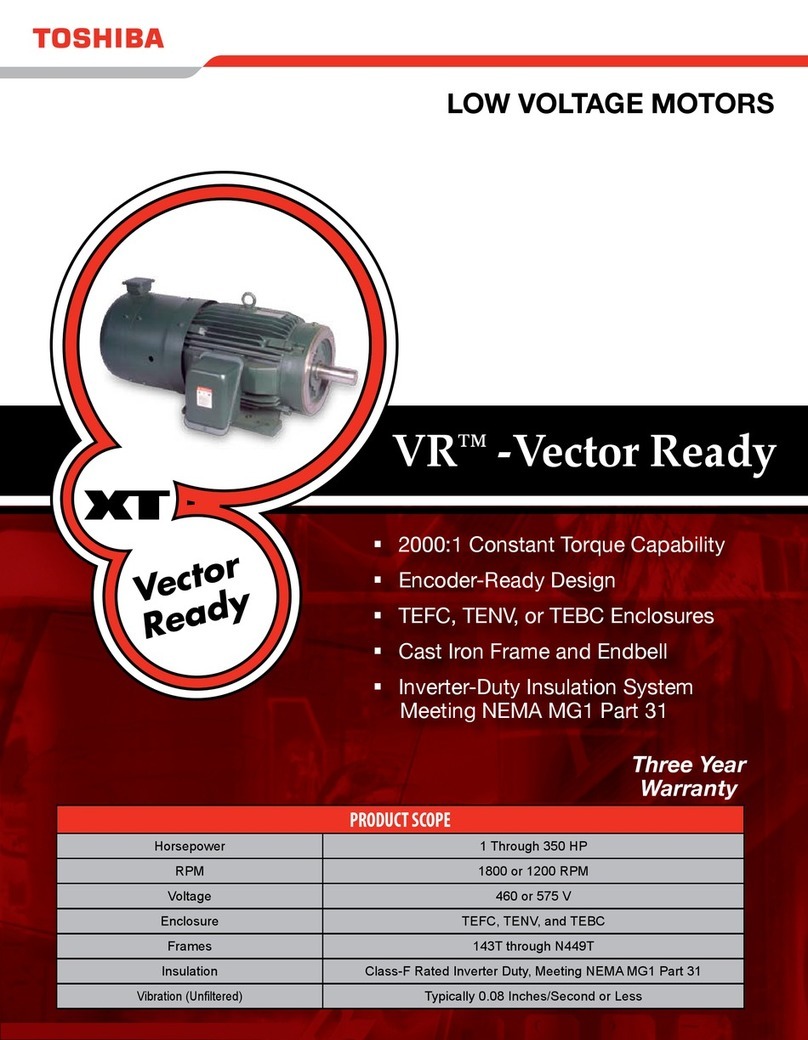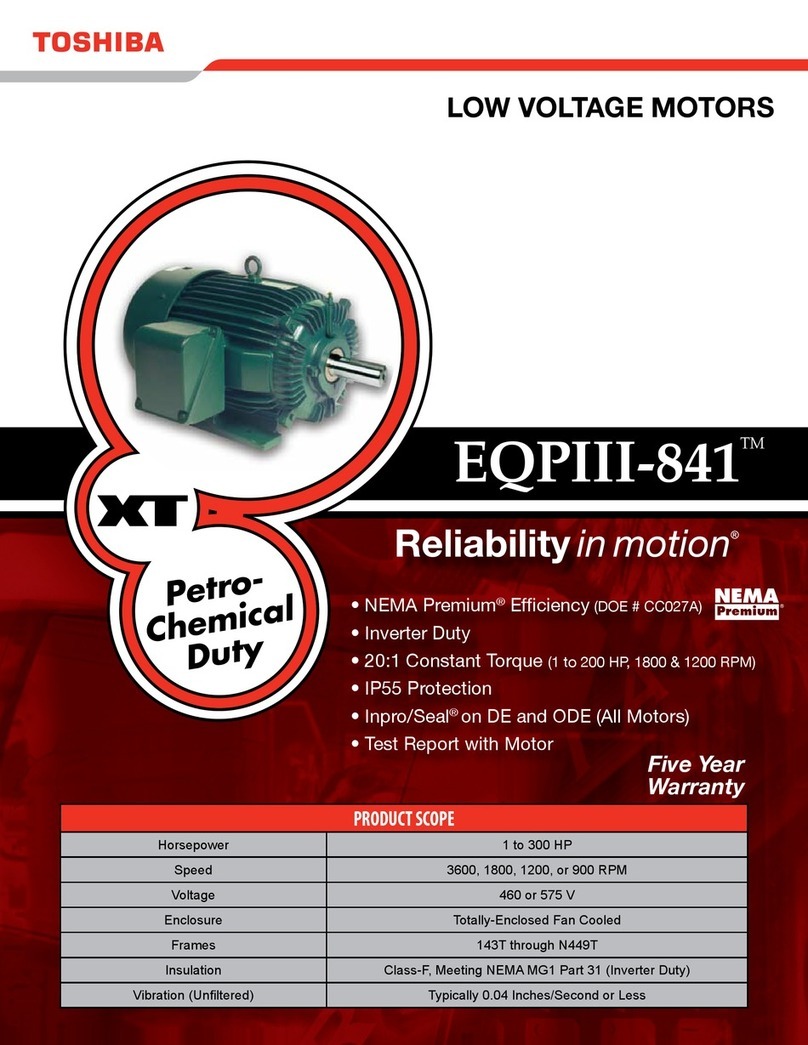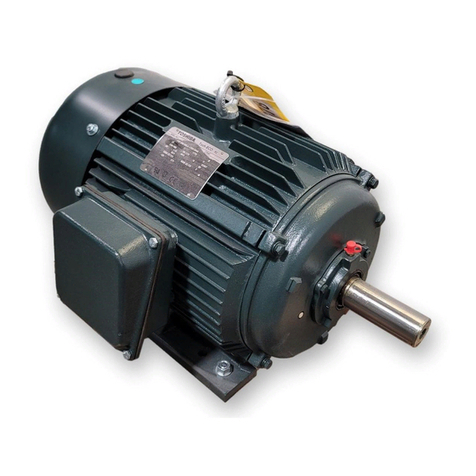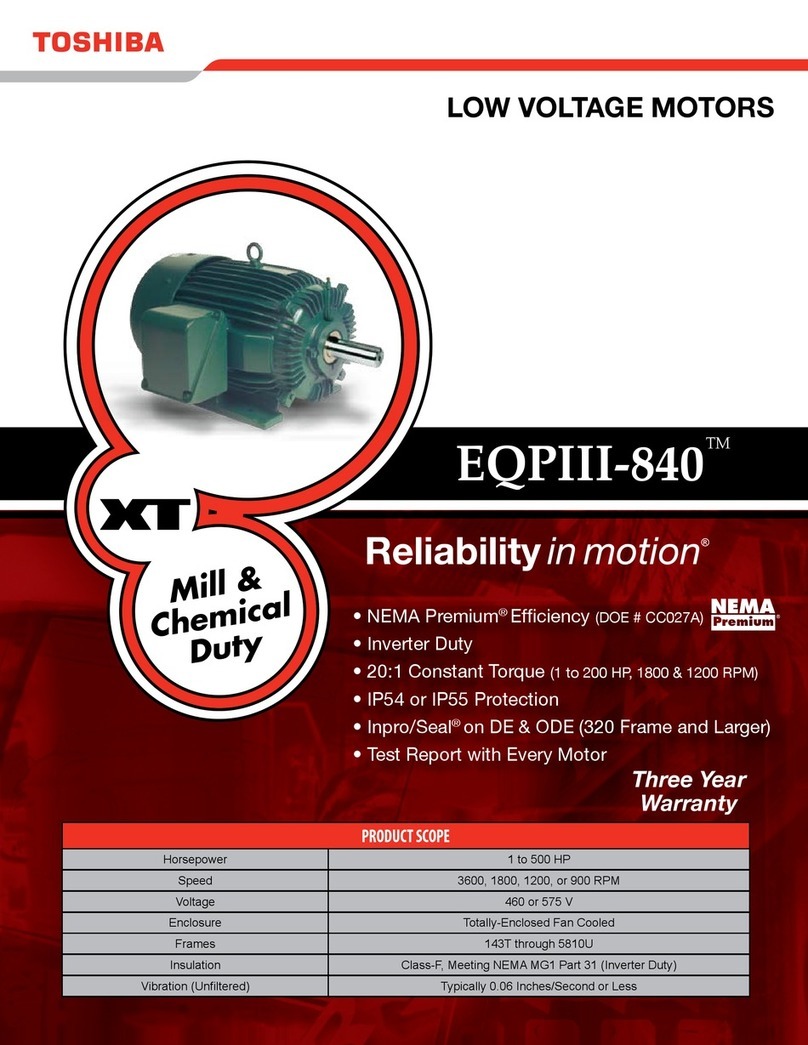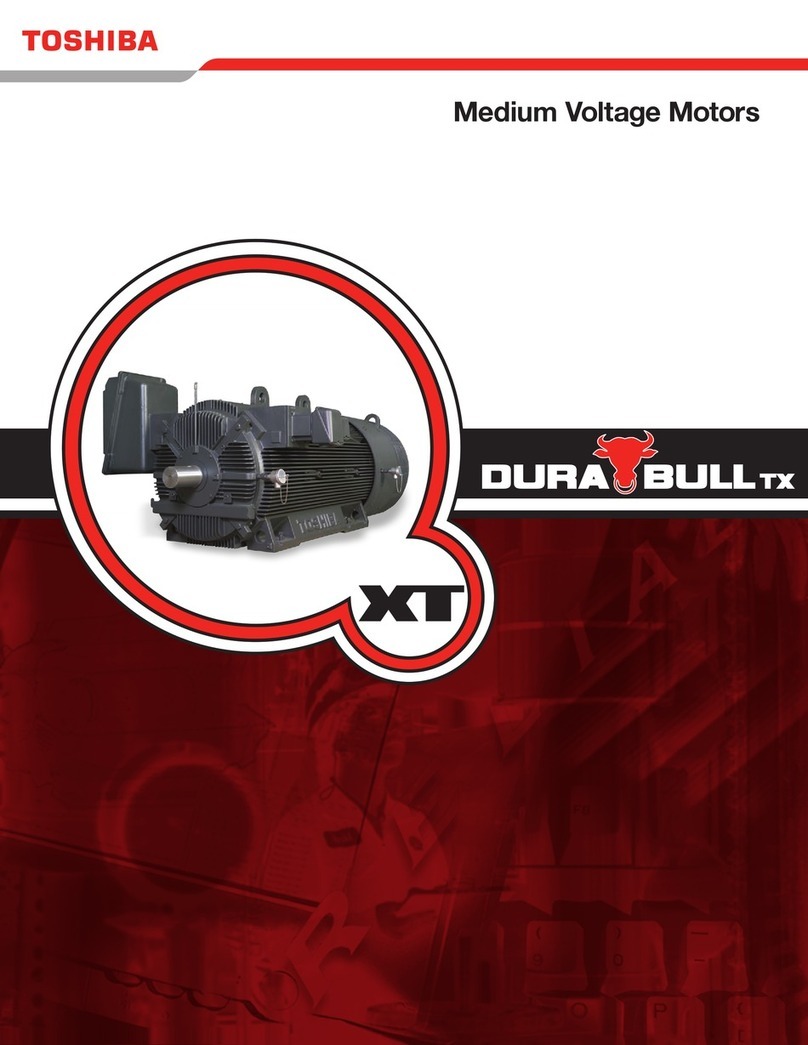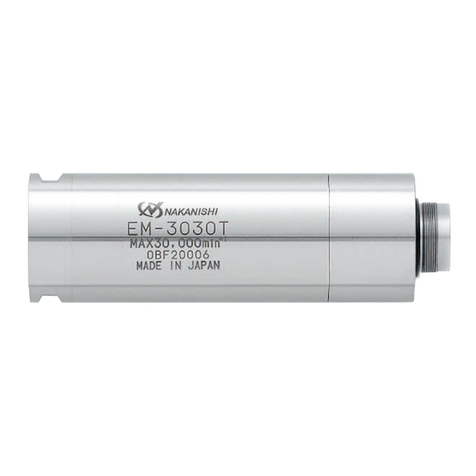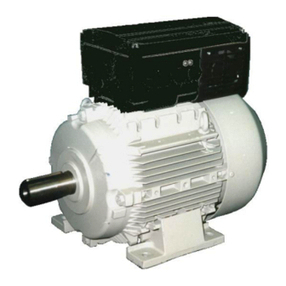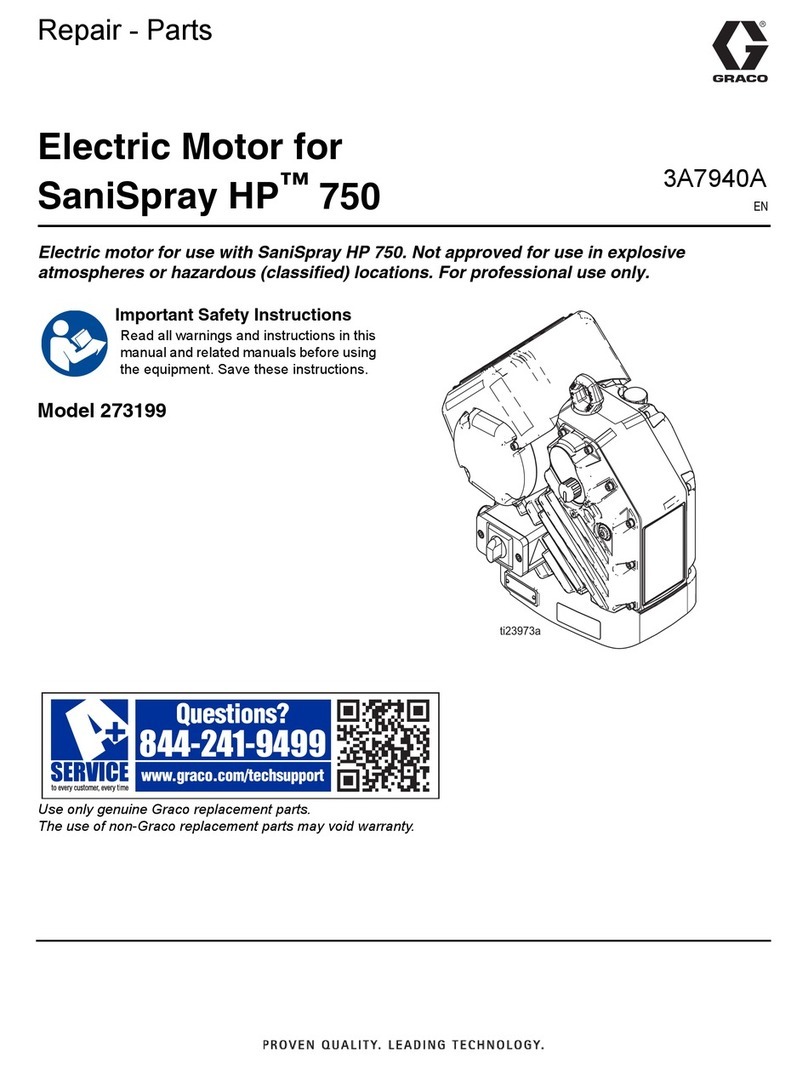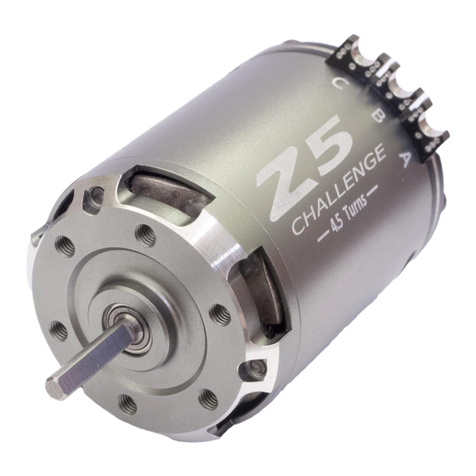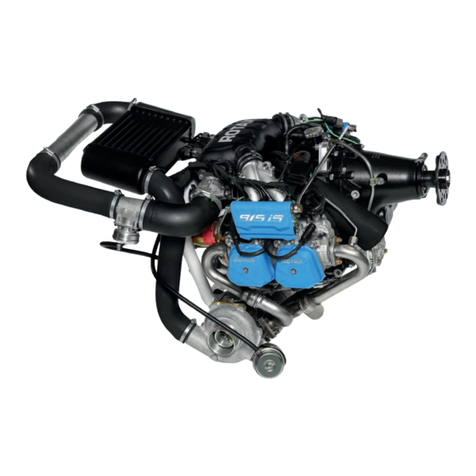
RD022-RGUIDE-01-E
2019-Jan-15
Rev.1.0
2/ 31
© 2019
Toshiba Electronic Devices & Storage Corporation
Table of Contents
1. INTRODUCTION .....................................................................................................................4
2. FEATURES..............................................................................................................................5
3. SPECIFICATIONS...................................................................................................................5
4. EXTERNAL VIEW....................................................................................................................6
5. WIRING CONNECTION...........................................................................................................7
6. SWITCHES..............................................................................................................................8
Potentiometer.......................................................................................................................................................8
7. MCD+MCU MODE...................................................................................................................9
Block Diagram in Case of MCD+MCU Mode .....................................................................................................9
Hardware Connection..........................................................................................................................................9
Jumper Setting...................................................................................................................................................10
Arduino Connection ..........................................................................................................................................11
LCD Shield..........................................................................................................................................................12
Usage..................................................................................................................................................................13
Software on Arduino UNO ................................................................................................................................14
Arduino Sketch ..................................................................................................................................................14
Connection with Arduino UNO.........................................................................................................................16
Code Uploading to Arduino UNO...................................................................................................................17
Serial Monitor of Arduino IDE.........................................................................................................................18
How to Change Kp in Serial Monitor .............................................................................................................19
Selected LCD Shield........................................................................................................................................20
Motor Speed Control for MCD + MCU............................................................................................................21
8. MCD+OP-AMP MODE .........................................................................................................24
Block Diagram In Case of MCD+Op-AMP......................................................................................................25
Usage..................................................................................................................................................................26
OPERATING PROCEDURE ...............................................................................................................................27
